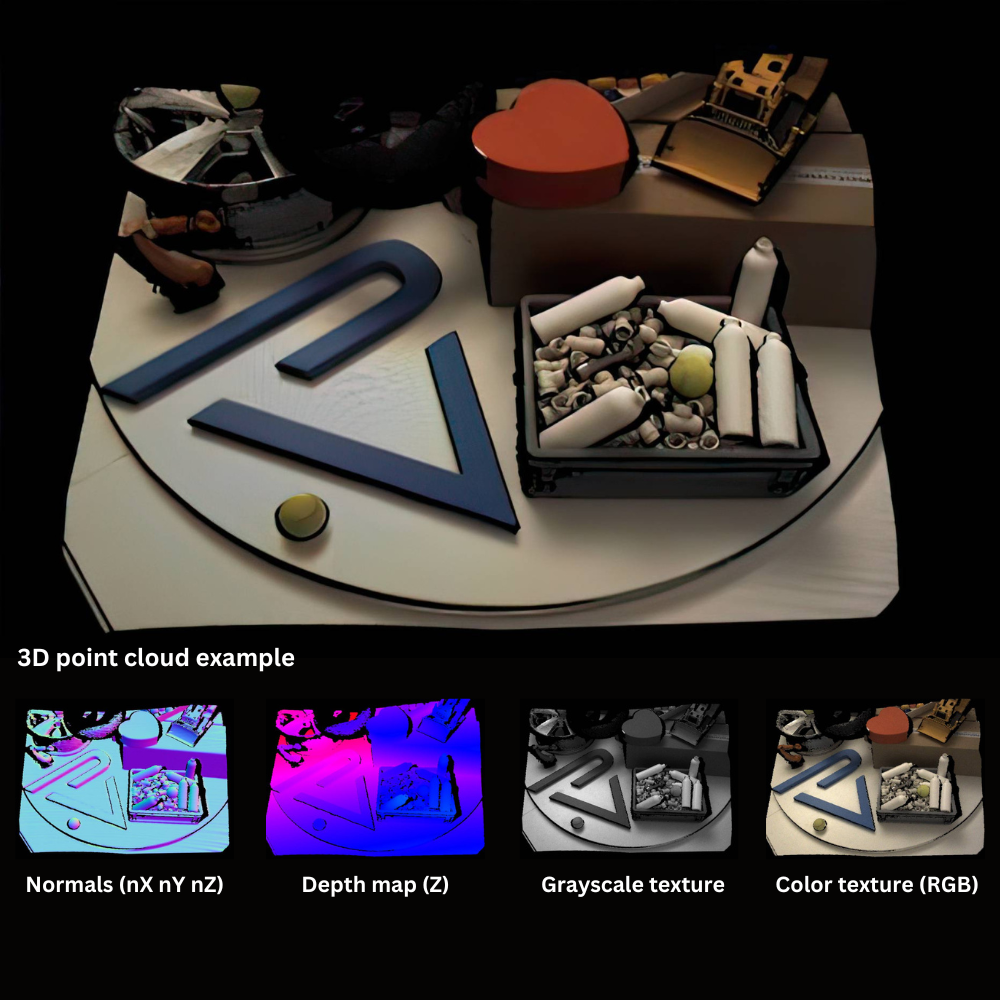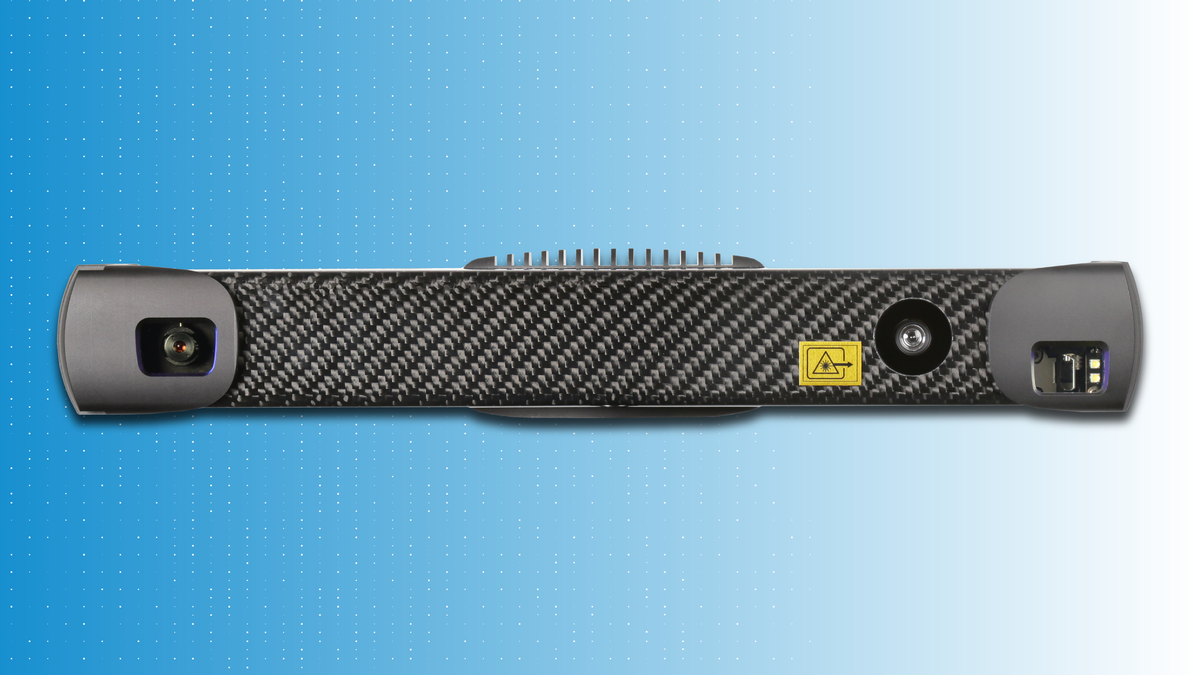Photoneo is a Business Reporter client.
The aspect of motion, especially random motion, has been on the radar of experts in machine vision – which enables industrial components that are able to see what they’re doing – for a couple of years now as one of their biggest challenges. Equipping robots with vision technology that would give them a 3D view of the world with all its dynamics isn’t a simple task.
Let’s have a look at why there is a need in the first place to equip robots with 3D vision that can capture random motion.
Applications that rely on 3D scanning in motion
Most modern industrial applications require technologies that enable robots to see, understand and act according to what they perceive in the three-dimensional space. The ability to react to the surrounding environment and make decisions is crucial. Through the combination of 3D vision and AI, a robot can recognise various types of objects, navigate to them, pick them and sort them based on specific criteria. But some applications can be even more arduous.
The task gets more challenging if a robot needs to recognise and handle objects that are moving in a random and unpredictable manner. And the demand for such applications is rapidly increasing. Let’s have a look at some examples.
Imagine a facility where freshly caught fish of different species need to be sorted. The fish are placed on a moving conveyor belt that transports them to a vision-guided robot. The role of the robot is to recognise each fish type and sort it based on 3D data and colour information. The challenging factor is not only the fact that the fish are moving on the conveyor but also that their slimy bodies cause additional, unpredictable movement when sliding on the belt.
Automation is also widely used in the wood industry, where large and heavy logs need to be milled and cut into identical planks and smaller pieces. Here again, conveyor belts are the arteries of an automated sawmill. Logs are placed onto moving conveyors to be transported to a 3D vision-guided robot equipped with a chainsaw or other wood processing tool. First, each log needs to be 3D scanned so the robot knows exactly where and how to cut based on the X, Y and Z coordinates received from the machine vision system. To prevent logs from vibrating on the conveyor and thus allow a high-quality 3D image acquisition without motion artifacts, costly hydraulic systems often need to be used to hold the logs in place.
3D vision can also be used to scan the human body and generate a detailed 3D model. The 3D scans of the whole body or a specific body part can be used in the medical industry for high-precision surgery or, in sports, for the analysis of body movements and performance improvement. Though the demand for such application solutions is increasing, standard area-scan 3D vision technologies cannot provide satisfactory 3D data if the scanned object moves.

The phenomenon of motion blur
The challenge of capturing random motion and getting high-resolution and submillimetre-accuracy 3D data suggests a major limitation of standard area-scan 3D vision technologies. So why is it such a challenge? The reason is quite simple.
Let’s use an example from everyday life. When taking a picture of a moving scene, cameras often struggle with motion blur – a visual distortion of an image that occurs when the captured scene changes during the recording of a single exposure. The worse lighting conditions there are, the more light needs to get to the camera sensor. This requires a slower shutter speed. If the photographed object moves while the shutter is still open, the image appears blurred.
A similar phenomenon occurs when one uses a 3D camera to capture a 3D area in motion. Standard technologies can provide high-quality 3D data, but the scanned scene needs to be perfectly still – an unrealistic requirement in the examples above. But there is a solution now.
Novel technology for 3D scanning in motion
Slovakia-based company Photoneo has developed a novel technology that enables users to 3D scan the whole areas of scenes with submillimetre resolution and accuracy. It plays no role if the scene is static or moving in a random manner. The power of the technology lies in a number of unique properties.
The patented technology, Parallel Structured Light, is implemented in Photoneo’s area-scan 3D camera MotionCam-3D. In 2022, Photoneo released a colour version of the camera as the only device on the market that can provide high-quality 3D data, colour information and the ability to scan random movement.
This game-changing blend of three key machine vision properties transforms the world of 3D machine vision and robotics by enabling applications that could not have been done with standard technologies.
The camera’s special value lies in the data it can provide to AI. The crucial factor in AI performance is no longer how advanced AI algorithms are, but rather the quality of data the algorithms are trained on. This is where MotionCam-3D steps in.
The demand for AI solutions that enable object recognition, classification and visualisation is rapidly increasing. Based on the data received from MotionCam-3D, a robot can inspect objects and make decisions, such as whether a piece of fruit is ripe or not, or if a food product is burnt or undercooked.
The application examples discussed above are just a fraction of the possibilities opened up by Photoneo’s innovative technology. Customers can now achieve unprecedented efficiency and throughput as everything can happen in constant motion and processes do not need to be interrupted for each scan acquisition, as is the case with conventional technologies. Most importantly, object vibrations caused by a moving conveyor belt and other factors will not affect the quality of data.
Photoneo’s 3D Instant Meshing software enables another large application area: allowing users to create real-time 3D models of objects in motion, including their shape, texture and colour. The RGB image is registered with 3D data with 1:1 pixel correspondence.
Thanks to the large scanning range, from 36cm to 4m, the different camera models and the combination of MotionCam-3D and 3D Instant Meshing software can be used for the 3D model creation of objects from the size of an orange to that of a large shipping container.
If you would like to do a free feasibility study for your project or talk to Photoneo’s sales team, contact Photoneo.

